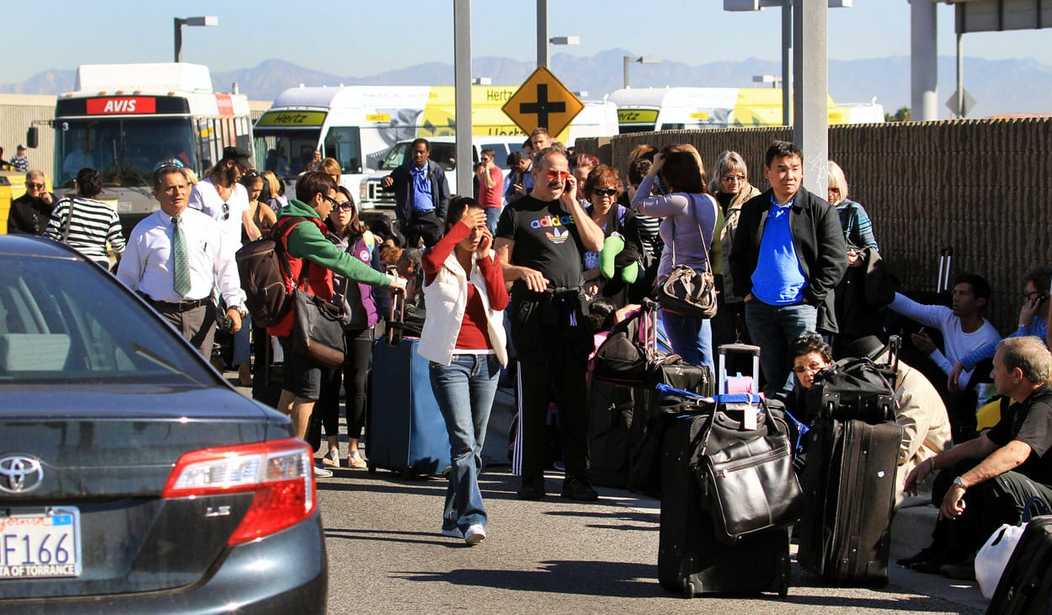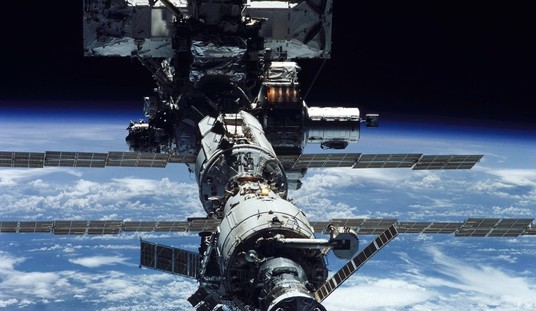When called to the scene of a crime, the first and most important question a police officer must ask is, “What do I have?” Once this question is answered, the necessary steps can then be taken to address whatever the problem happens to be.
In the case of Friday’s shooting at Los Angeles International Airport, the first officers on the scene, a sergeant and an officer from the L.A. World Airports Police Department, did exactly what was expected of them: They were informed of an “active shooter” in Terminal 3, they immediately sought him out, engaged him in a gunfight, and ended his rampage. Only a few minutes elapsed between the first shot and the last. After that, all that remained were the matters of crime-scene maintenance and investigation. If only that had been the case.
Like hundreds of my colleagues in the LAPD, immediately after the shooting I was called from my regular duties and directed to report to LAX. I arrived about 30 minutes after the shooting, by which time an atmosphere of confusion had already set in. I was ordered first to one command post and then to another, and as I listened to the radio traffic I heard several groups of officers given similarly conflicting directions. It was apparent that the person in charge, whoever it was, did not have a handle on things.
Rather than rely on official communications from the LAPD to learn what was happening, we who awaited orders in the command post resorted to back channels, calling and texting with colleagues inside the airport who were more current on the situation. We learned that the incident had been confined to Terminal 3, one of the nine passenger terminals in the airport. The gunman had been arrested after being wounded in a gunfight, but not before shooting several people, including a TSA agent.
In the confusion of the initial reports of a shooting, it was not unreasonable for authorities to call for a “ground stop” at the airport, halting all air traffic for a brief period so the airport could be assessed and stabilized. The widespread assumption was that a terrorist attack was in progress, and if this had indeed been the case it surely would have called for a large-scale response from law enforcement. But within minutes of the final shot being fired it was clear the gunman had acted alone and that no other parts of the airport had been affected.
Despite this, the entire airport and the surrounding area were thrown into chaos as police and fire resources poured in from all over Los Angeles, most of which were put to no good use once they arrived. This concentration of resources posed a problem for two reasons. First, even on an ordinary day in Los Angeles, both the police and fire departments can be stretched thin, with units from both sometimes traveling great distances to handle the daily call load. With so many police officers and firefighters descending on LAX, those left behind to protect the rest of the city did so without the backup that is sometimes required. I haven’t yet heard of any incidents in which this played out to ill effect, but the potential was there.
Second, and perhaps more important, since the Mumbai terrorist attacks of 2008, in which just ten men crippled the city, killing more than 150 people and wounding hundreds more, the LAPD and LAFD have been training in ways to respond if a similar attack were to be carried out in Los Angeles. One of the principles of that training is to avoid concentrating resources at a single incident in the expectation that others may arise elsewhere in the sprawling city. Also, a known tactic among terrorists is to stage an initial attack to lure a massive response from police and fire personnel, then attack those first responders with a second, larger attack. At LAX on Friday, the upper roadway on the airport’s north side was choked with police officers, firefighters, and their vehicles. If it had been a terrorist attack, all of those people and all of that equipment would have made for a fat target for a follow-up attack. (See, for example, some of the photos in this slide show at the CNN website.)
And again, little of that equipment and few of those people were needed to address a situation that had long since been controlled. Fewer than ten patients were transported to hospitals, yet dozens of ambulances and fire engines were dispatched into the airport. And though many, many police officers were needed to control traffic around the airport, this was only because of the poor decision to keep the airport shut down for as long as it was. The crime scene inside Terminal 3 could have been isolated within an hour of the shooting, and the remainder of the airport could have resumed normal operations if only someone in command had asked the simple question, “What do we have?” Instead, thousands of bewildered passengers in terminals unaffected by the shooting were sent out into the streets with no understanding of where to go or what to do.
The ripple effects of this are still being felt across the country and the world. Airplanes that didn’t take off from Los Angles weren’t available in Dallas and Chicago to take passengers to Philadelphia and Charlotte; an arrival from London diverted to another airport wasn’t available to take passengers from L.A. to Sydney, and so on. As when severe weather shuts down traffic at O’Hare or Dallas-Fort Worth, it will be days before the air traffic system recovers from the disruption, most of which could and should have been avoided.
The police at the airport had the duty to end the attack as quickly as possible. This done, they then had the additional duty to minimize the shooting’s impact on the rest of the airport and the wider world. The two cops who traded shots with the suspect did their job expertly. Sadly, the police brass who descended on the airport in droves failed to do as well. It was chaos, but it didn’t have to be.










Join the conversation as a VIP Member